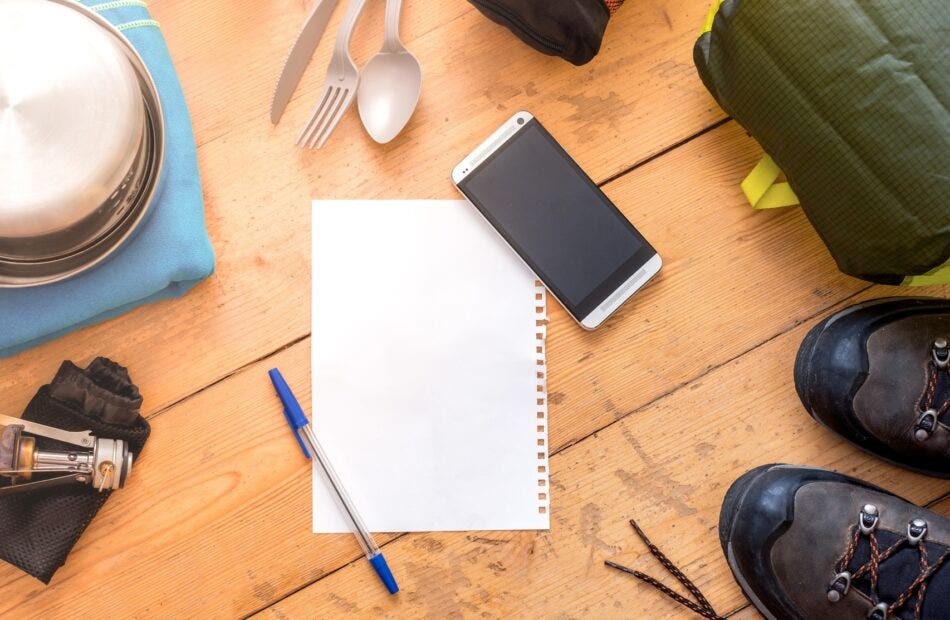Who doesn’t love lists? Especially as they’re incredibly useful when it comes to packing and being prepared for that big camping trip. But did you know your love of lists can come in handy for insurance purposes? In this article we go over why having an inventory list for an RV is important as well as how to create one and what it should include. Documentation is key when it comes to claims so make sure you’re getting the most out of your insurance policy in the event of theft damage or destruction.
Why is an inventory list important for RV owners?
An inventory list is a great asset in the event of an insurance claim. Whether your property is damaged destroyed or stolen it can be very difficult to create an accurate list after the event. You forget details or even whole items. It also makes it harder for your insurance company to give you an adequate pay out as they base the amount on the cost of the property damaged or lost within the limits of your policy.
How do you create an RV inventory list?
There are a number of ways to create an inventory list so choose the one that is easiest for you. Remember to keep multiple copies in different places including a paper copy at home with your important documents and a copy stored in the cloud that you can access from your phone.
You can create an inventory list using a spreadsheet an app or good old fashioned pen and paper. The best and most thorough way to complete your list is by systematically going through your RV and listing everything. Break it down by room to make it easier and make sure to include things you may take in and out of your RV regularly such as linens and clothing. Consult your camping packing list (if you have one) to help. It may be easier for you to do this while you’re camping to make sure you include everything regularly kept in your trailer.
What should each item in your list include?
It can be hard to know how much detail to include for each item in your inventory list. The more the better.
For example let’s examine this list of items found in an RV kitchen:
- Cutlery
- Pots
- Pans
- Plates
- Bowls
- Glasses
- Mixing bowls
- Cutting board
- Dish towels
- Cooking utensils
- Cooking knives
- Baking dish
- Spices
- Plastic food storage containers
- Tin foil and plastic wrap
While this is an excellent general list it doesn’t provide much of the essential details that will help your insurance company provide a value for what you lost. It’s very vague on the details. For example “cooking utensils” doesn’t indicate how many or what type there are. “Cutlery” can mean anything from an ultra-light back country fork knife and spoon set to full dinner silver. Some people camp minimalist and others “glamp” – so you need to be clear with your inventory list on exactly what you have.
Include the following for each item in your RV inventory list:
- Name
- Physical description – including size material and condition
- Number or amount of the same item you have
- Brand
- Make/Model
- Age or date you bought it
- Price you paid or estimated replacement price
Having the original receipt is invaluable. The easiest way to do this is to scan it to create a digital copy. If you don’t have the original receipt do some online research. If you can’t find the exact item don’t worry. Find something as similar as you can.
Taking photos of individual items as well as a “walkthrough” video of your RV is also very helpful. It provides further evidence of everything you owned and is extremely useful in the event of a claim.
This kind of documentation can benefit you in the event of a claim – and it can help keep you on top of packing for your next trip! Remember that your broker can help you with the claims process and is an excellent resource for any questions you may have with creating an inventory list or how your insurance policy works.

